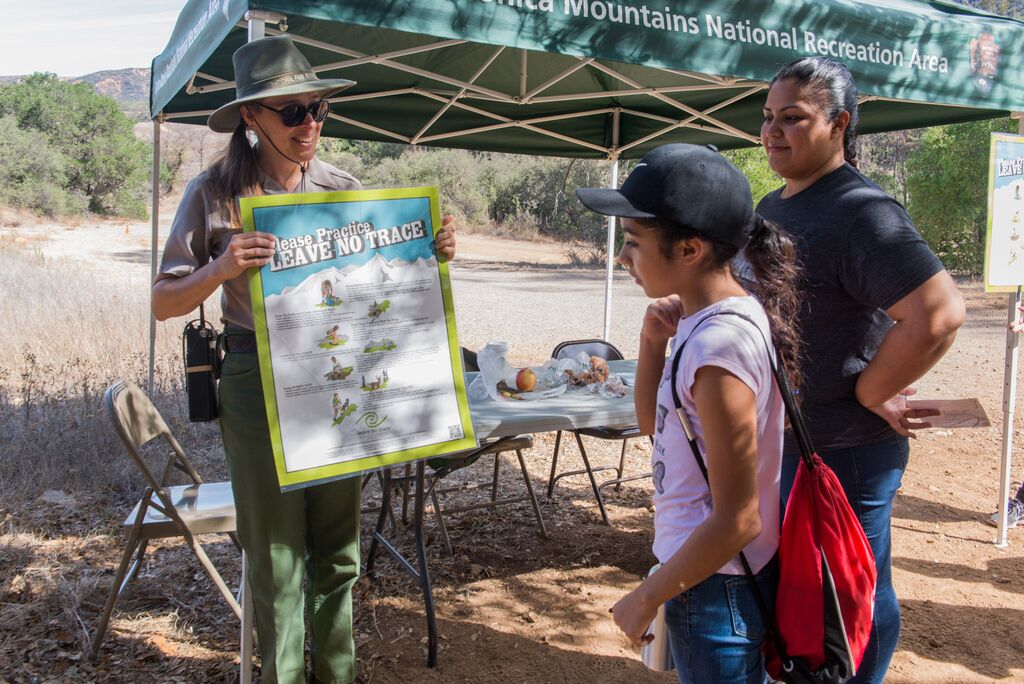Costa Rica’s Osa Peninsula: A Biodiversity Hotspot
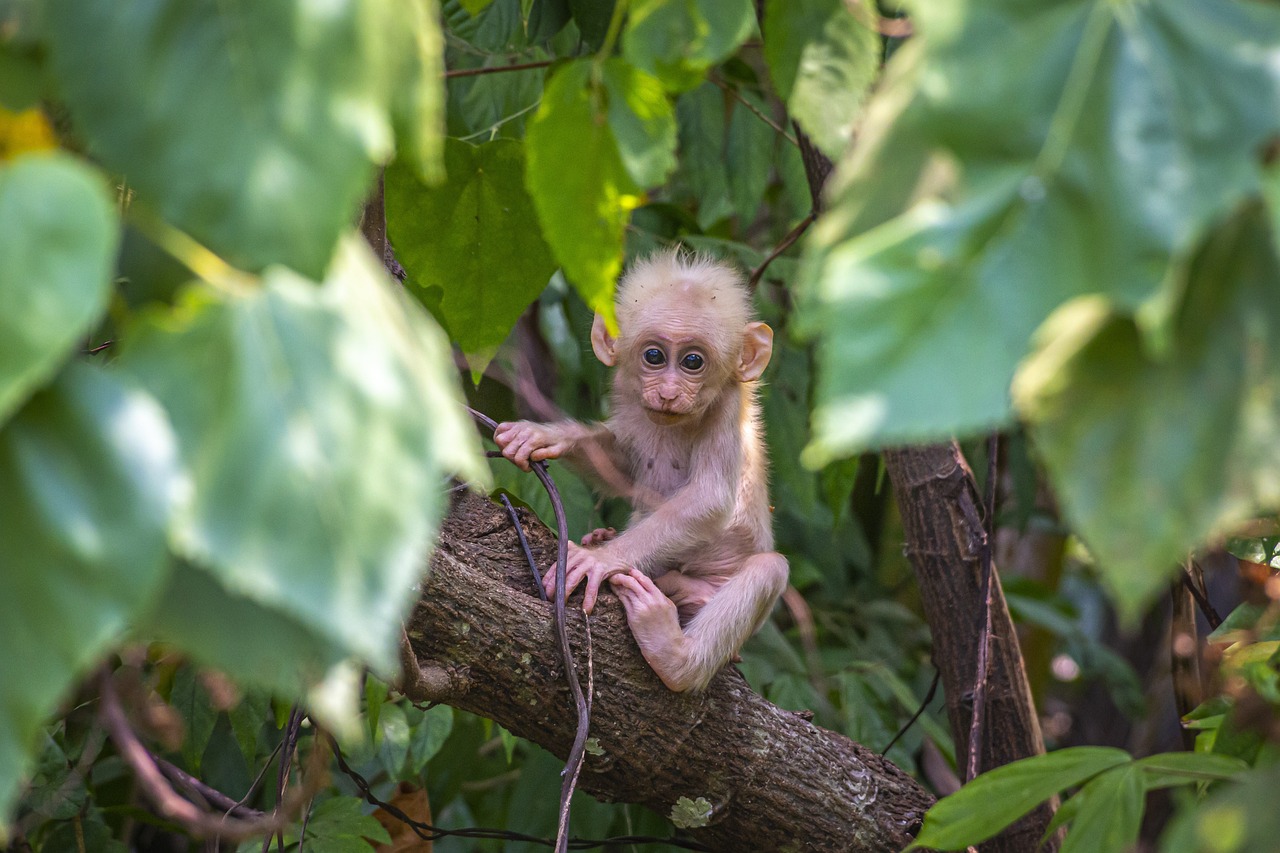
The Osa Peninsula in Costa Rica is a living, breathing testament to just how much life can fit into a corner of the earth. It’s astonishing that, covering just 2.5% of Costa Rica’s landmass, it shelters over 2.5% of the world’s biodiversity. Here, jaguars stealthily patrol the rainforest while scarlet macaws paint the sky with their colors. Corcovado National Park, which forms the heart of the peninsula, stands guard over these treasures, protecting vast rainforests and marine sanctuaries. In 2024, Costa Rica proudly reported that more than 98% of its energy came from renewable sources, showing just how serious the country is about sustainability. Eco-lodges in the Osa Peninsula run on solar power, and many work directly with local conservation organizations, giving travelers the chance to make a real difference. Community-based tourism here empowers indigenous groups, ensuring they see real benefits from tourism while preserving their way of life. The Costa Rican Tourism Board highlighted a 15% annual growth in eco-tourism since 2023, a clear sign that more travelers crave meaningful, ethical experiences. Guided tours are designed to protect wildlife, so visitors leave nothing behind but footprints and good memories.
Iceland’s Westfjords: Renewable Energy and Untouched Wilderness
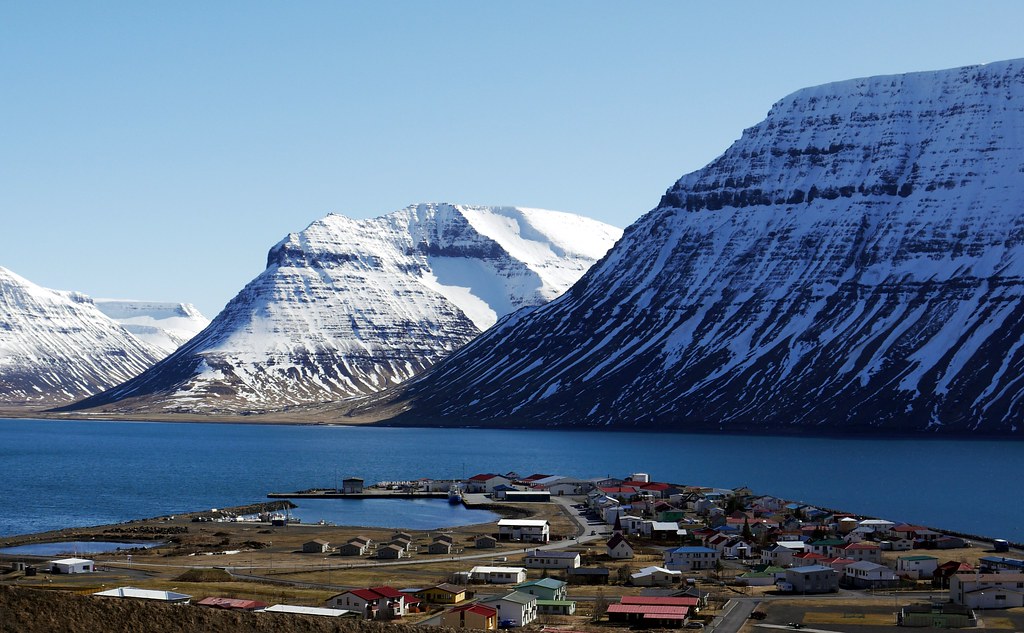
If there’s a place that feels like the edge of the world, it’s Iceland’s Westfjords. The scenery is breathtaking—soaring cliffs, deep blue fjords, and hot springs bubbling beside the sea. Nearly all of Iceland’s electricity, as of 2025, is generated from geothermal and hydropower sources, making it one of the greenest countries on the planet. The Westfjords remain gloriously uncrowded, with a low population density that helps keep the region wild and pristine. Local businesses in the area go the extra mile for sustainability, focusing on waste reduction and sourcing seafood in ways that don’t harm the environment. In 2023, Iceland tightened regulations to cap tourist numbers in fragile zones, proving that preservation comes before profit. Many accommodations are eco-certified, using geothermal heating and encouraging guests to offset their carbon footprint. The community is deeply involved in conservation, from tracking seabird populations to restoring habitats. Travelers can tangibly feel their trip matters, knowing their presence supports both nature and the people who call this rugged land home.
New Zealand’s Fiordland National Park: Conservation and Adventure
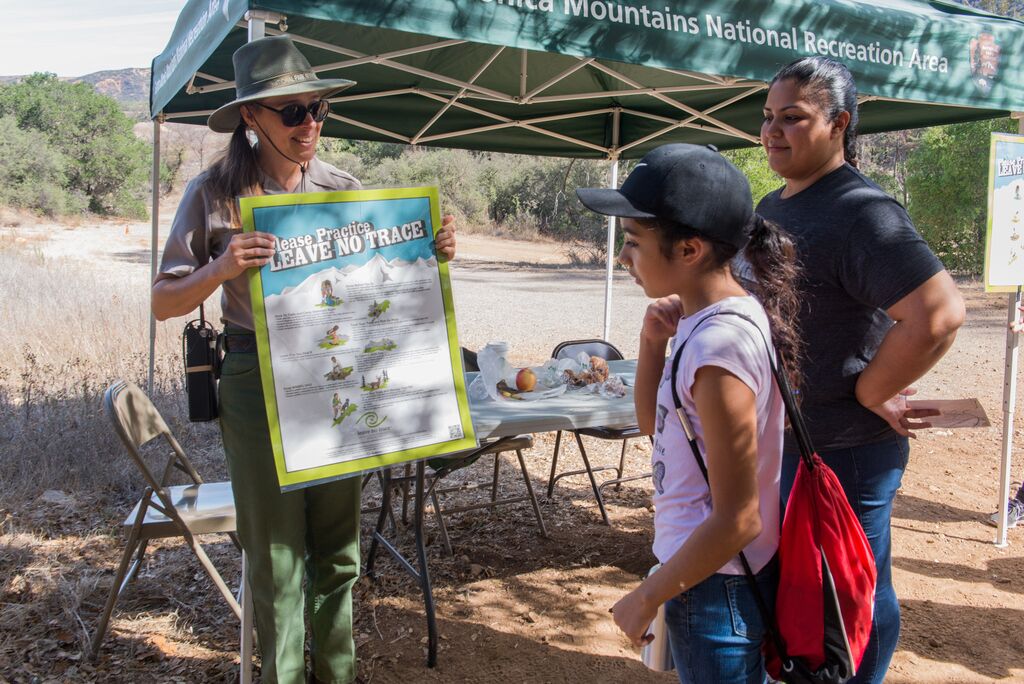
Fiordland National Park in New Zealand is the kind of place that makes you whisper “wow” under your breath. Recognized as a UNESCO World Heritage site, its wild fjords, misty rainforests, and tumbling waterfalls are the stuff of legends. Conservation is taken seriously here—visitor numbers and activities are tightly controlled to protect native species, including the rare kakapo and the iconic kiwi. The New Zealand Department of Conservation reported in 2024 that their predator control program led to a 20% rise in native bird populations over just two years. Visitors are invited to join guided eco-tours that follow Leave No Trace principles, and there’s a strong emphasis on learning about and respecting Maori culture. Eco-lodges in the park run on renewable energy and have impressive waste management systems, proving that comfort and environmental care can go hand in hand. Adventurous souls can kayak or hike, always under strict guidelines to protect the fragile landscape. The partnership with local indigenous communities ensures that the benefits of tourism are shared and that cultural values are honored in every experience.
Bhutan: Carbon-Negative Tourism and Cultural Preservation
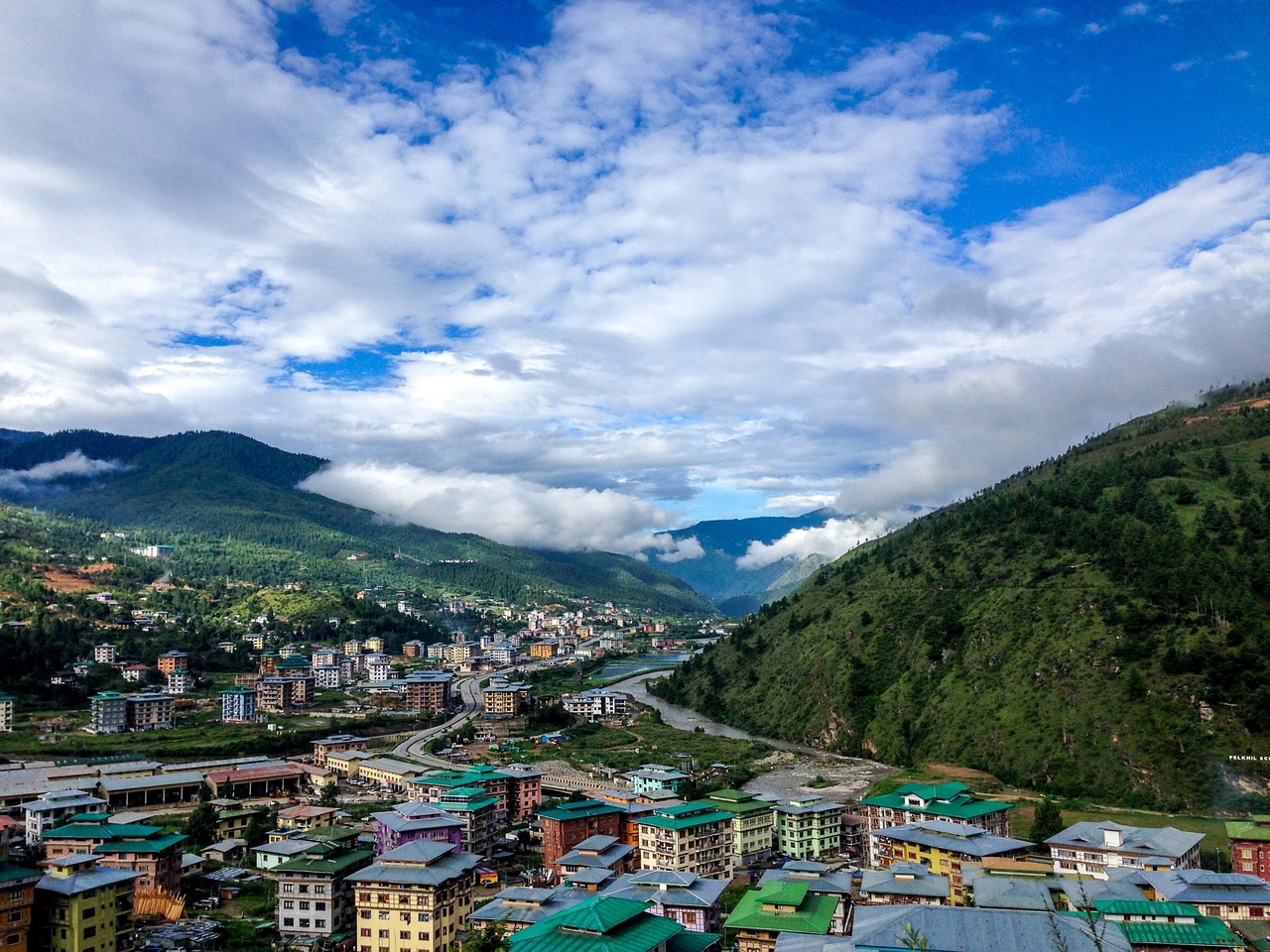
Bhutan isn’t just beautiful—it’s visionary. This Himalayan kingdom is officially carbon-negative, absorbing more CO2 than it releases thanks to dense forests and strict environmental laws. The government’s approach to tourism is “high-value, low-impact,” prioritizing quality over quantity. In 2025, the Gross National Happiness Commission reported that tourism continues to boost local economies while upholding strict standards for sustainability. Every visitor pays a sustainable development fee, which funds conservation and community projects directly. Travelers experience Bhutan’s dramatic mountains and ancient monasteries with guides who emphasize respect for customs and natural surroundings. The country limits the number of tourists, keeping overtourism at bay and ensuring that nature and culture remain intact. Bhutan’s energy infrastructure is powered mainly by hydropower, so eco-lodges and even transportation are gentle on the planet. This approach is a shining example of how tourism, environment, and culture can thrive together.
The Galápagos Islands: Protecting Unique Ecosystems
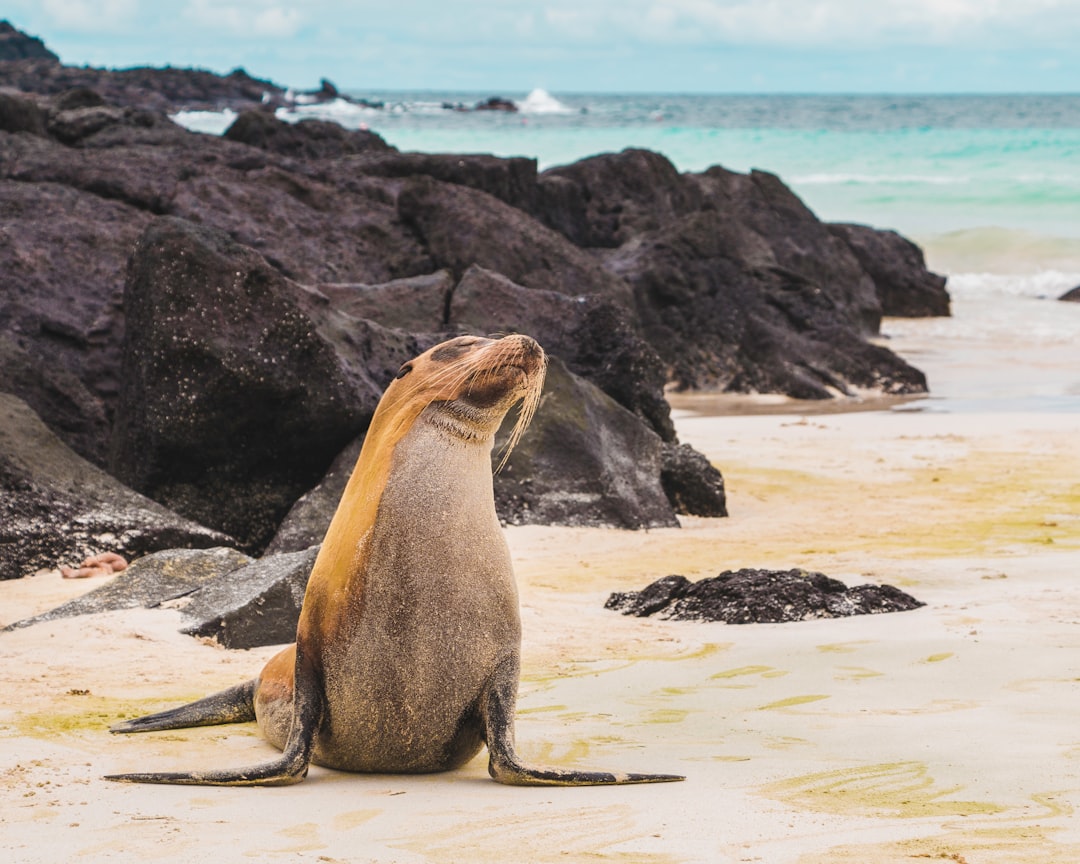
The Galápagos Islands are legendary, and not just for their wildlife—think giant tortoises and blue-footed boobies—but for their conservation success story. Nearly 97% of the islands are protected as a national park, with strict tourism rules in place to safeguard endemic species and delicate habitats. In 2023, the Galápagos Conservancy announced that sustainable tourism programs had played a key role in reducing invasive species and restoring natural environments. All visitors must be accompanied by certified guides, whose job is to both protect the islands and teach visitors about their importance. The islands have invested in solar energy and modern waste management to keep pollution to a minimum. Even cruise ships must meet rigorous environmental standards, including strict limits on passenger numbers and emissions. Eco-lodges offer travelers a way to support local communities and conservation efforts directly. Volunteering opportunities add another layer of engagement, making the Galápagos a model for how ethical travel can work in even the world’s most sensitive places.
Kenya’s Maasai Mara: Community-Based Conservation
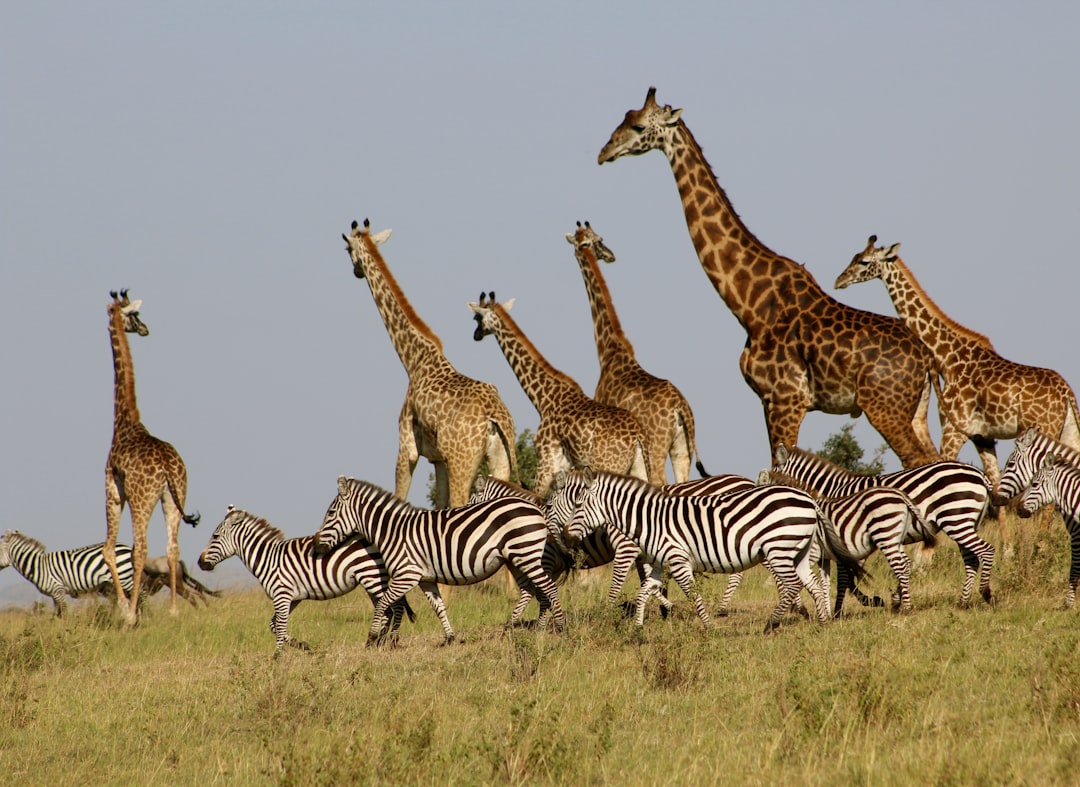
The Maasai Mara is one of Africa’s most iconic landscapes, famous for the thundering spectacle of the Great Migration and its rich wildlife. But what makes it truly remarkable for ethical travelers is the way community-based conservation has transformed the region. The Mara Conservancies, partnerships between Maasai communities and conservation groups, have pioneered sustainable land management that benefits both people and wildlife. According to a 2024 Kenya Wildlife Service report, these efforts have led to a 10% increase in lion populations in just two years. Many safari camps in the Mara are at the forefront of green innovation, using solar power and water-saving technologies. Guided safaris focus on respectful wildlife viewing and cultural exchange, intentionally minimizing disruption to animals and their habitats. The conservancies channel a portion of tourism revenue into education and healthcare for local Maasai families, creating a virtuous circle of benefit. Travelers leave knowing their visit helped empower indigenous communities and protect a world-renowned ecosystem.
Slovenia’s Triglav National Park: Sustainable Alpine Tourism
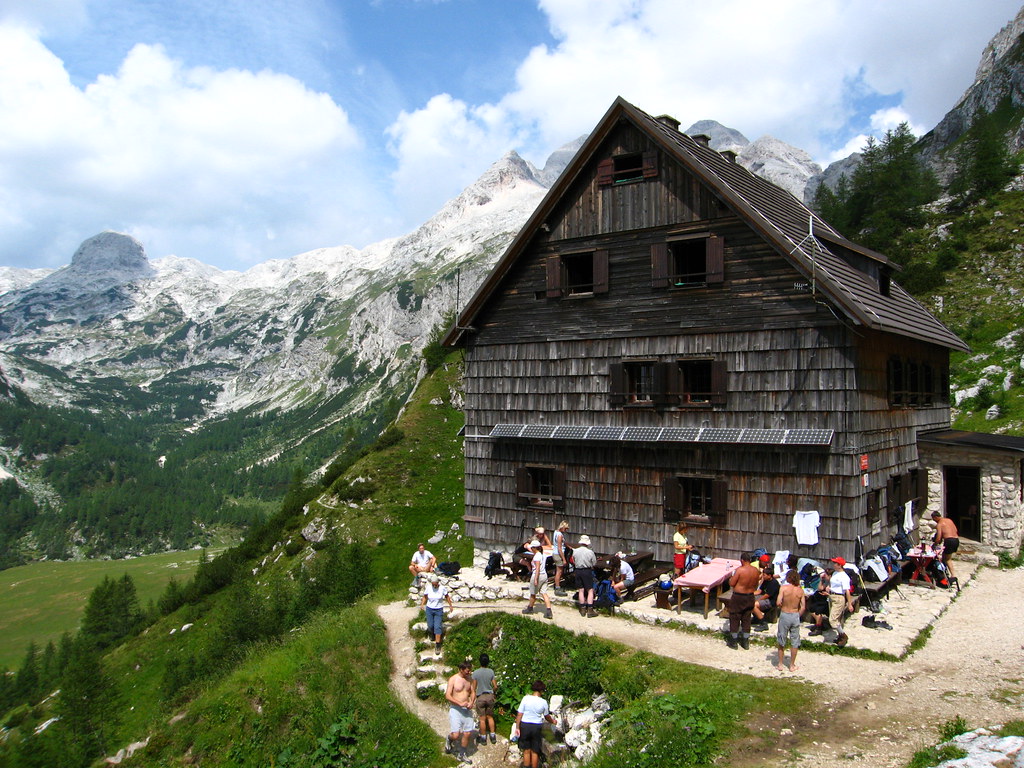
Triglav National Park is Slovenia’s green crown, a haven of alpine meadows, ancient forests, and crystal-clear rivers. The park sprawls across more than 880 square kilometers, offering endless opportunities for nature lovers who want to tread lightly. Slovenia’s 2025 National Tourism Strategy puts a spotlight on eco-friendly travel—think green accommodations, public transport integration, and creative waste reduction. The park is crisscrossed with hiking and cycling trails carefully designed to reduce ecological impact, and visitor centers are committed to educating guests about conservation. Triglav collaborates with local farmers to support sustainable agriculture, so traditional landscapes are preserved along with biodiversity. Since 2023, renewable energy use in the area has jumped by 12%, an impressive feat supporting both visitor facilities and eco-lodges. Volunteer programs invite travelers to pitch in with habitat restoration or species monitoring, creating a strong sense of shared stewardship. Triglav National Park is living proof that mountain tourism can be both joyful for visitors and gentle on the earth.

